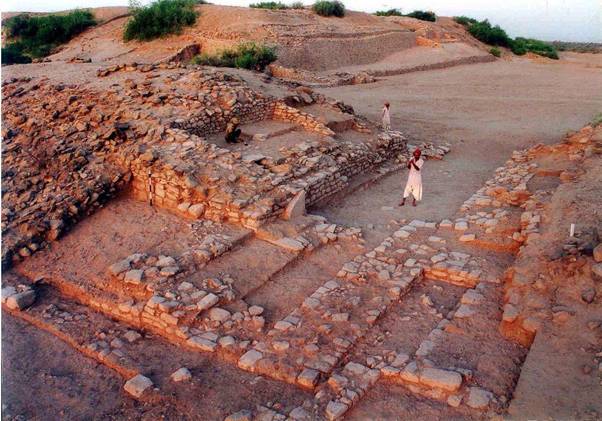India has good reasons to cheer on the historical and heritage front, as two new sites from the country have been included in the World Heritage Site list. These are the Rudreswara Temple or Ramappa temple, situated in Palampet Mulugu district in Telangana and Dholavira in Gujarat.
The decision to include these two sites was taken at the 44th session of the United Nations Educational Scientific and Cultural Organization World Heritage Committee in Fuzhou, China, with the former being included on July 25 and the latter on July 27.
India has another reason to celebrate as it joins an exclusive club of those nations — Italy, Spain, Germany, China and France — which have more than 40 World Heritage Sites. India’s sites include 32 cultural, seven natural and one mixed site.

Associated with the Harappan culture, Dholavira was one of the largest metropolises of the Indus Valley civilisation. It is situated about 250 kilometres from Bhuj in Gujarat.
According to the Press release issued by the Ministry of Culture, Dholavira is one of the few well preserved Harappan city which flourished for over 1,500 years, from the 3rd to mid-2nd millennium BCE.
The site throws light on the myriad achievements of the Indus Civilisation. These can be seen in terms of urban planning, construction techniques, water management, social governance and development, art, manufacturing, trading, and belief systems.
The site consists of two parts — a walled city and a cemetery to the west of the city. The former has a fortified castle with attached fortified bailey and ceremonial ground, and a fortified middle town and a lower town. Also discovered were a number of reservoirs on the east and south of the citadel. The nature of most of the burials in the cemetery are memorial.

What makes Dholavira stand out among the other Harappan cities is the fact that unlike other towns normally located near to rivers and perennial sources of water, this metropolis is the island of Khadir. It was of strategic importance as it enabled harnessing of different mineral and raw material sources (copper, shell, agate-carnelian, steatite, lead, banded limestone, among others). Its location also helped to facilitate internal and external trade with Magan (modern Oman peninsula) and Mesopotamian regions.
In terms of archaeological findings, Dholavira is outstanding as its excavated remains clearly indicate the origin of the settlement, its growth, zenith and the subsequent decline in the form of continuous changes in the configuration of the city, architectural elements and various other attributes.
Also read: New Buddha statue to come up at Pragbodhi – where the Lord meditated for six years
Water management was the hallmark of the place as this vital resource was diverted from seasonal streams, scanty precipitation and available ground sources, was stored, in large stone-cut reservoirs which are extant along the eastern and southern fortification. A few rock-cut wells, which date as one of the oldest examples, were also found in different parts of the city.
The UNESCO’s Press release quoting Eric Falt, UNESCO New Delhi Director, stated: “While the Harappan city of Dholavira has borne witness to the entire trajectory of the rise and fall of an early civilization of humankind, the Kakatiya Rudreshwara (Ramappa) Temple stands as an outstanding marvel of the Kakatiyan culture. Both sites make great contributions to the shared heritage of humanity.”
Stressing on the importance of the sites, the release about Dholavira said: "Discovered in 1968, the site is set apart by its unique characteristics, such as its water management system, multi-layered defensive mechanisms, extensive use of stone in construction and special burial structures.”
Regarding Ramappa Temple, it stated: “It is the main Shiva temple in a walled complex built during the Kakatiyan period (1123–1323 CE). The distinctive Vimana of the temple is made of lightweight porous ‘floating bricks,’ which reduce the weight of the roof structures. The building features decorative beams and the temple’s magnificent sculptures illustrate regional dance customs and Kakatiyan culture.”

In his tweet the Prime Minister about Dholavira said: "Dholavira was an important urban centre and is one of our most important linkages with our past. It is a must visit, especially for those interested in history, culture and archaeology."
Regarding Ramappa temple, the PM had commented: “Excellent! Congratulations to everyone, especially the people of Telangana. The iconic Ramappa Temple showcases the outstanding craftsmanship of the great Kakatiya dynasty. I would urge you all to visit this majestic Temple complex and get a first-hand experience of it’s grandness.”
Also read: Mahabharata era caves discovered in Telangana’s Kawal Tiger Reserve


















